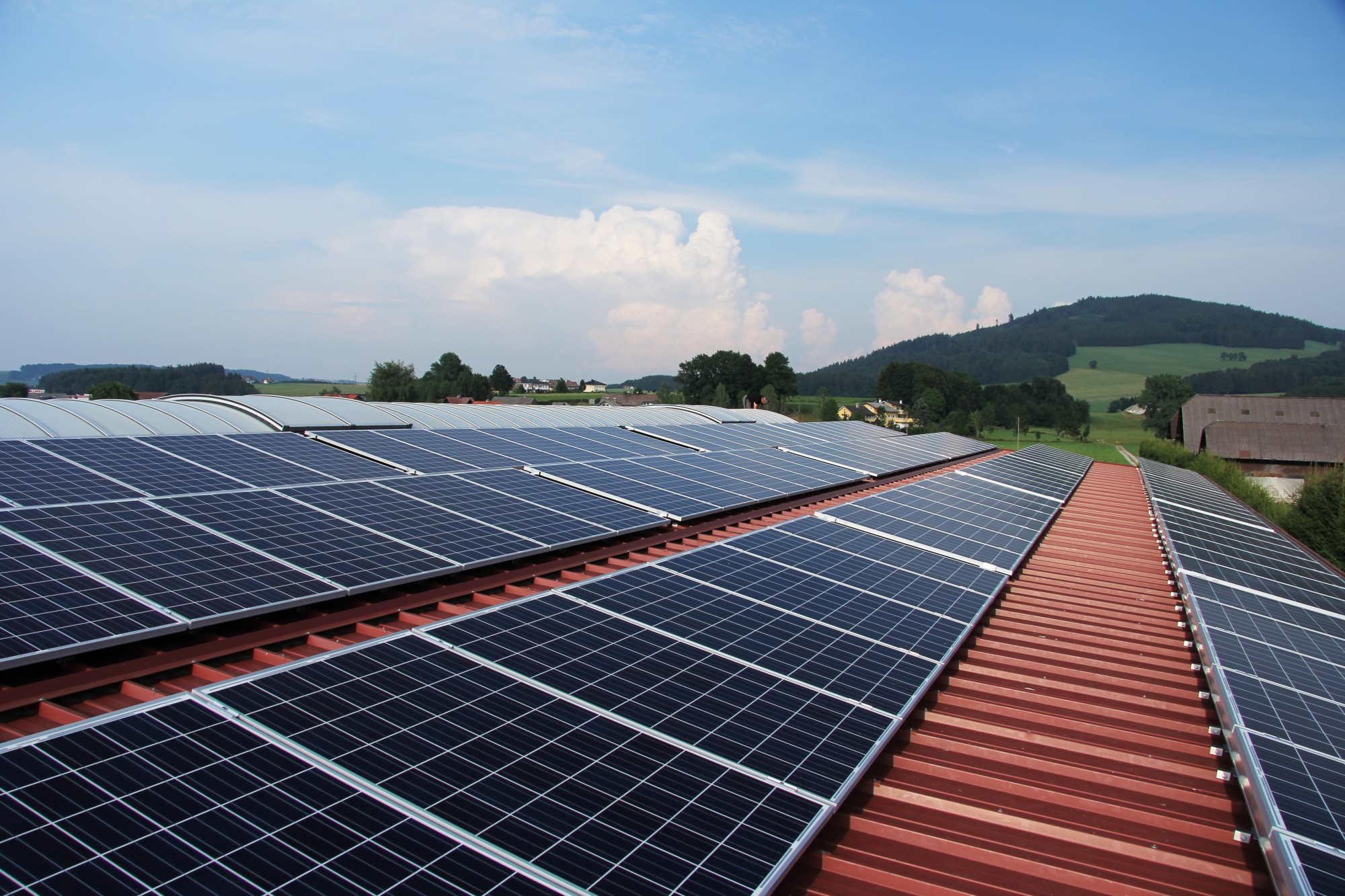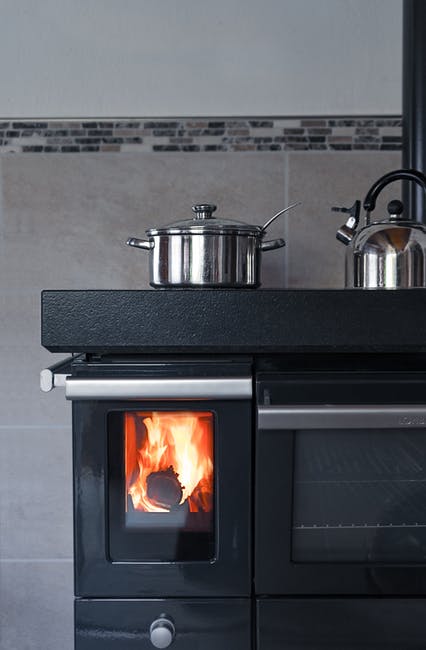How Many Solar Panels Should You Get for Your House?
Solar panels are a great addition to any home. They can help you save money on your electric bills, and increase the value of your home.
However, installing solar panels isn’t easy or cheap! The average cost of installing solar panels can range from $5,000 to $20,000!
Are they worth the cost? How many solar panels do I need to make worth it? It depends on your energy needs and a few other factors.
Read on to learn more about the benefits and limitations of adding solar panels to your home.
Calculate the Size of Solar Panels
You need to determine how many solar panels you need for your home. Start by calculating the amount of energy that your house uses. The size of the solar panel system you require follows how much electricity you consume.
In general, we measure solar panel systems in kilowatts (kW). Each kW can produce around 4-5 kilowatt-hours (kWh) of electricity per day. This depends on the location and weather conditions.
To calculate the energy requirements of your house, review your recent electricity bills. Add up the total kWh energy consumption for the past year and divide it by 12. This is how you determine your average monthly energy consumption.
You can also check your utility provider’s website to learn information about your energy consumption. Or, simply read your home energy meter to get an actual reading of your consumption.
Afterward, divide your average energy consumption by the average daily sunlight hours in your area. You will determine how much energy your solar panel system needs to generate per hour.
For example, you live in an area that receives an average of 5 hours of sunlight per day. Let’s say, your house consumes 1,000 kWh per month. Your solar panel system would need to produce 6.7 kW of electricity per hour (1,000 kWh/30 days/5 hours).
Adjust Your Calculations Based on Real-World Factors
Keep in mind that your actual energy consumption may vary based on a variety of factors. It may change with the season, the number of people living in your house, and your daily routines.
It’s a good idea to add a buffer to your calculations. Ensure that your solar energy panel system can generate enough electrical energy to meet your needs. Consider the periods of high energy consumption.
Another important factor to consider is the weather in your area. Do you live in a region with frequent cloud cover or heavy rainfall? Your solar panel system may not produce as much energy as it would in a sunny, dry location.
It’s important to adjust your calculations accordingly. Choose a solar panel system that can generate enough energy even during adverse weather conditions.
Learn the Building Codes on How Many Solar Panels to Install
Before installing solar panels on your house, check your local codes and regulations. Ensure that your solar panel system is compliant.
Most states or cities have codes for the placement, size, or appearance of solar panels. Your homeowners’ association may have specific requirements as well. Get any necessary permits and approvals before proceeding with your installation.
When selecting solar panels for your house, there are several types of solar panels to choose from. There are monocrystalline, polycrystalline, and thin-film solar panels. Each type of solar panel has its advantages and disadvantages.
Monocrystalline solar panels have a high efficiency and long lifespan. They are the most expensive type of solar panel.
Polycrystalline solar panels are more affordable but less efficient than monocrystalline solar panels.
Thin-film solar panels are the least expensive type of solar panel. However, they are the least efficient. They are ideal for situations where there are space limitations or aesthetics are a concern.
Consider the Solar Panel Lifespan
When deciding how many solar panels to get for your house, it’s important to consider the lifespan of the solar panels.
Most solar panels have a lifespan of around 25 to 30 years. A typical solar panel will still produce electricity even after 25 years. It will have a reduced capacity compared to when it was brand new.
It’s worth noting that solar panels don’t suddenly stop working after this period. Instead, their efficiency gradually decreases over time. The degradation rate of solar panels depends on the quality of the panels and their exposure to environmental conditions.
Choose reputable manufacturers that offer warranties. They must have a track record of producing reliable and durable panels. A warranty of 25 years or more is a good indicator of a high-quality solar panel.
Consider your long-term energy needs when determining the number of panels to install. If you plan to stay in your current home for many years, it may be beneficial to install a larger solar panel system. This can meet your energy needs throughout its lifespan.
On the other hand, if you expect to move soon, a smaller system may be more appropriate.
Check Your Financial Options
You should also consider your financial situation and budget. Solar panel systems require an upfront investment. But, they can provide significant long-term savings on your electricity bills.
Determine the financial feasibility of installing solar panels for your home. Consider the overall cost of the system. See if there are available incentives or rebates in your locality. Then, explore the potential savings on your electricity bills over time.
You may also want to explore financing options. There are solar loans or leasing agreements. These can help make solar panel installation more affordable.
It’s also important to consider the return on investment (ROI) of your solar panel system. You can calculate this by comparing the total cost of the system to the estimated savings on your electricity bills over its lifespan.
In many cases, solar panel systems can pay for themselves within a reasonable timeframe. This makes them a worthwhile investment.
Use a Solar Energy Calculator
Using a solar calculator is a simple and effective way to estimate the number of solar panels you need for your house. Solar calculators take into account various factors such as your location, energy consumption, and sunlight availability. This will provide you with an approximate calculation.
Here’s a step-by-step guide on how to use a solar calculator:
Research and Choose a Solar Calculator
There are several solar calculators available online, offered by solar companies, government agencies, and energy organizations. Look for a reliable and reputable solar calculator that is user-friendly and provides accurate results.
Gather Information
Before using the solar calculator, gather some basic information about your energy consumption and location. This includes your average monthly electricity bill, your location (zip code or address), and your roof’s orientation (south-facing roofs are ideal for solar panels).
Access the Solar Calculator
Go to the website or platform where the solar calculator is available. Look for a section or a specific page where you can input your information and receive an estimate.
Enter Your Location
Provide your zip code or address to indicate your location. This helps the solar calculator determine the average amount of sunlight available in your area.
Enter Your Energy Consumption
Input your average monthly electricity bill or the amount of energy you consume in kilowatt-hours (kWh). This information helps the calculator estimate the size of the solar panel system you need to offset your energy usage.
Fill in Additional Details
Some solar calculators may ask for additional information. They will ask the angle and pitch of your roof, shading issues, or the specific time period you want to cover with solar energy. Provide the requested details as accurately as possible to get a more precise estimate.
Review the Results
Once you’ve entered all the necessary information, the solar calculator will generate a report or display the results on the screen. The results typically include the recommended system size in kilowatts (kW).
You will also find the number of solar panels needed and the potential savings on your electricity bills.
Check the Results
Take some time to review and understand the results provided by the solar calculator. Consider factors such as your budget, available roof space, and the estimated return on investment (ROI). It’s also a good idea to compare the results from different calculators to ensure consistency.
Consult with Solar Professionals
While solar calculators can provide a good starting point, it’s recommended to consult with solar professionals or reputable solar companies to validate the results and get personalized advice. They can conduct a thorough assessment of your property and provide a more accurate estimate based on your specific needs.
Remember, solar calculators provide estimates and should be used as a starting point. The actual solar panel system design and installation may require additional analysis and expert guidance.
The information provided here can help you get a rough estimate of the number of solar panels you need. It’s always recommended to consult with solar professionals or reputable solar companies. They have the expertise and tools to perform a detailed assessment.
They will assess your energy consumption, roof orientation, shading issues, and other factors. that can affect the performance of your solar panel system.
Solar professionals can conduct on-site evaluations. They can customize solar panel system design tailored to your specific needs.
They can also guide you through the process of obtaining permits before installation. They will help you in choosing the right solar panels. They can ensure that your installation adheres to building codes and regulations
Consider the Cost of Installation
The cost of solar panels can vary depending on several factors. This includes the size of the system, the type and quality of the panels, installation costs, and any additional components or equipment required. It’s important to note that the prices mentioned here are approximate. These can vary based on your location and specific circumstances.
As of 2021, the average cost of a residential solar panel system in the United States is around $2.50 to $3.50 per watt. This means that a 5 kW system would cost between $12,500 and $17,500 before any incentives or rebates.
However, it’s worth noting that the cost of solar panels has been decreasing over the years. The prices may also vary depending on market conditions and technological advancements.
In addition to the cost of the solar panels themselves, there are other expenses to consider.
Installation Complexity
The cost of installation can vary depending on factors such as the complexity of the installation, the type of roof, and any necessary electrical upgrades. Installation costs typically range from $2,000 to $8,000. It can be higher for more complex installations.
Inverter Module
Solar panels produce direct current (DC) electricity. Most homes need to use alternating current (AC) electricity.
An inverter is required to convert the DC electricity from the panels into AC electricity for use in your home. The cost of an inverter can range from $1,000 to $3,000, depending on the size and type.
Mounting and Racking
Solar panels need to be securely mounted on your roof or on a ground-mounted system. The cost of mounting and racking materials can range from $1,000 to $3,000. This varies based on the complexity of the installation and the type of mounting system used.
Electrical Wiring and Labor
Proper electrical wiring and labor are essential for a safe and efficient solar panel installation. The cost of electrical work and labor can vary based on your location and the complexity of the installation. It is typically included in the overall installation costs.
Additional Components
Depending on your specific needs, you may require additional components such as batteries for energy storage, monitoring systems, or power optimizers. These can add to the overall cost of your solar panel system.
Consider the Best Solar Panels for Your Home
You can determine how many solar panels you need for your house. It requires careful consideration of your energy consumption, real-world factors, building codes, and finances.
Start by calculating your energy needs, adjusting for factors such as weather and efficiency, and considering the lifespan of solar panels. This way you can make an informed decision about the size of your solar panel system.
Consulting with solar professionals can further enhance your understanding and ensure a successful solar panel installation that meets your energy goals.
Do you find this helpful? Visit our website for more helpful tips and guides for your needs!






